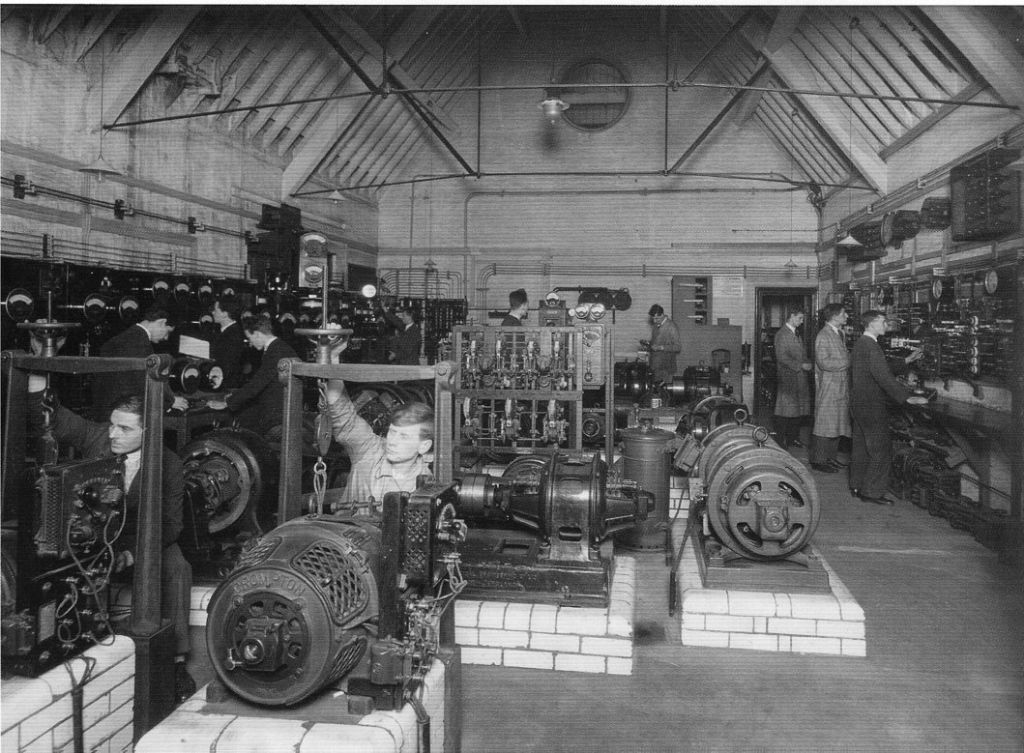” In order to maintain the same back emf the armature has to turn faster because the field strength has decreased. But as the motor turns faster the current decreases still further and so on ad inifinitum, until the armature goes bang! “
That is basically what happens .
Running speed is determined mainly by the mechanical load .
Top end speed is limited only by :
windings resistance ,
rise time of current in the armature coils and by magnetic saturation .
Series wound motors can and do run away to destruction when for instance a heavy load is suddenly removed .
The very bad speed regulation and the general tendency to run-away are the reasons that series wound motors are so unsuitable for things like tool grinders .
The situation can be improved considerably using a bit of feed back and simple electronics .
Final note : Most books giving simple DC motor theory assume an ‘ideal’ power source which maintains applied voltage regardless of current . In practice the internal resitance of the power source and the dropping terminal voltage under load can have significant effect on the motor characteristic and particularly the top end speed .
MikeW
Muzzer.





